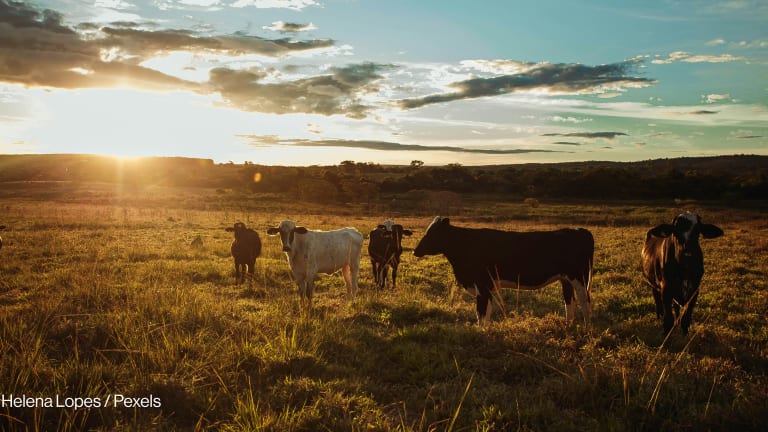Somalis have lost millions of livestock as ongoing drought dries up water holes and leaves them with nothing to drink. In neighboring Ethiopia, more than 4.5 million livestock have died since late 2021 as failed rains parch grazing lands, while Kenyan farmers have seen profits plummet as emaciated animals fetch a pittance at the market.
“The severity and the frequency of droughts seems to be getting worse here in the Horn of Africa and some other parts of the world,” said Iain Wright, deputy director of general research and development at the International Livestock Research Institute, or ILRI.
“While droughts have been a common feature of dry land areas for centuries and millennia and pastoral systems have evolved over the centuries to deal with that, the pressure on those systems is getting greater.”








